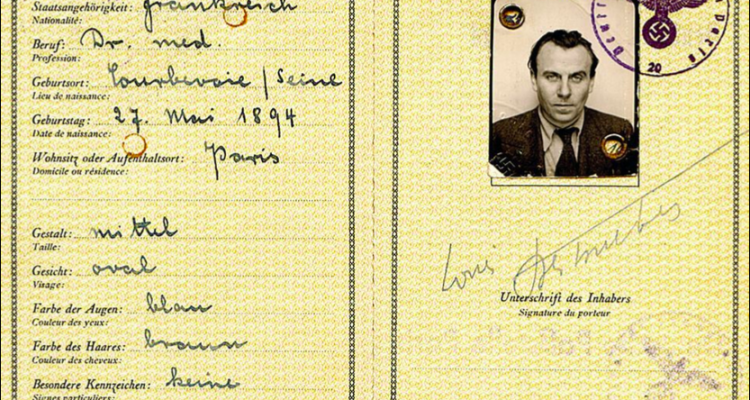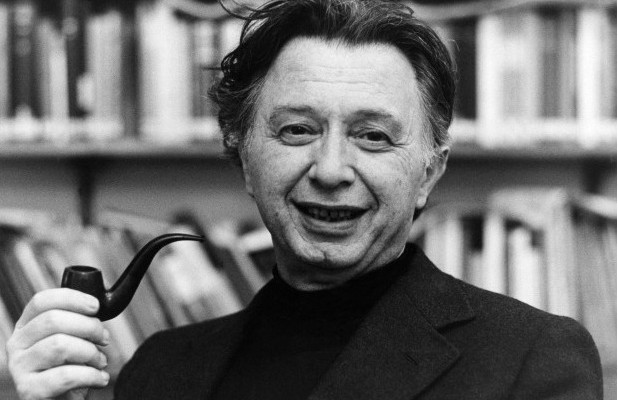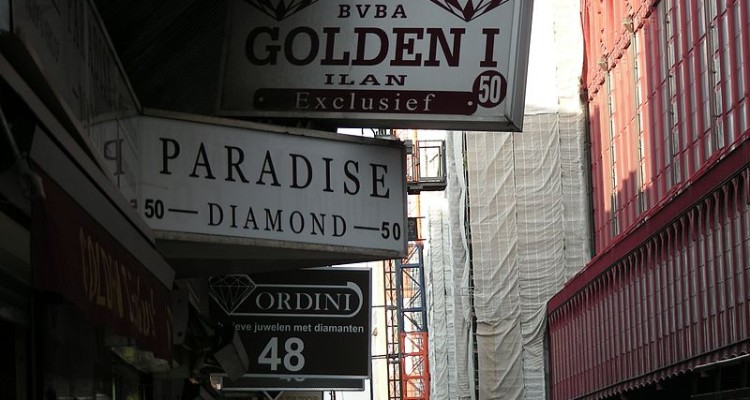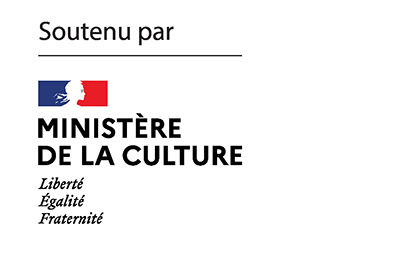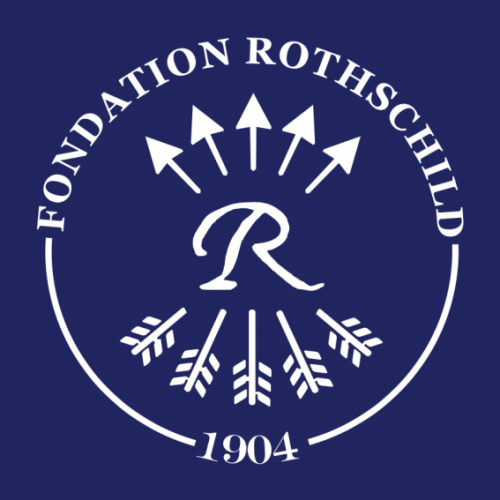It has been a few weeks since Gallimard published Guerre, the first of Céline’s unpublished manuscripts, texts that have been missing since the end of the war and have recently been made available. Its media reception is staggering: a kind of (almost) unanimous ecstasy that blithely accepts the account of the writer’s legatee and attorney – the lawyer François Gibault, whose career began in Tixier-Vignacour’s office[1] – making Céline’s collaborationism and exceptional antisemitism a peripheral reality, to be avoided as much as possible in the promotional discourse of the novel, which has become an immediate best-seller. As Céline specialist Philippe Roussin reminds us in K. this week: “Céline is perhaps the only writer whose heritage is not managed by his family, nor by a publisher, nor by a foundation, nor by a literary agent, but by his defense. Hence the feeling of a work under tutelage and the considerable bias in its editing and interpretation. This gives rise to a biography in defense [and] the idea, in 2018, of republishing the anti-Semitic pamphlets against the author’s will: in all, an enterprise of erasure, de-historicisation and rewriting aimed at reintegrating Céline into the national pantheon and turning him into a cash machine.” At the heart of the defense’s narrative? The thesis of the writer who was as clear-sighted as any other about the reality of war and crusaded against its horrors. As Pierre Benetti and Tiphaine Samoyault write in one of the few real reviews published (Comment on peut lire Céline aujourd’hui?, En Attendant Nadeau, May 5, 2022): “By making Céline a traumatized pacifist, we absolve him of all the violence that his writing produces on the people it targets. Like the rest of his work, Guerre, while being a powerful tale of convalescence, is a text of hatred, and its hatred is not only linked to the experience of the front (many witnesses of the time did without it). It is an authorised hatred, which has its favorite targets, most often the most vulnerable and the most dominated.”
Mitchell Abidor gave us a fascinating portrait of Leopold Bloom, the hero of Joyce’s Ulysses, a few months ago. This week, he portrays a very real, if rather romantic, character, the philosopher Jacob Taubes, on the occasion of the release of a monumental biography, written by Jerry Z. Muller: Professor of Apocalypse. Muller: Professor of Apocalypse: The Many Lives of Jacob Taubes (Princeton University Press). Born into a line of Talmudic scholars, Jacob Taubes (1923-1987) was considered by some to be a genius, by others a charlatan, as he wandered through yeshivas, monasteries and major academic institutions on three continents. Wandering between Judaism and Christianity, left and right, piety and transgression, he crossed paths with many of the great minds of the day, from Leo Strauss and Gershom Scholem to Herbert Marcuse, Susan Sontag and Carl Schmitt. Jerry Muller’s biography shows all of Taubes’ tensions and conflicts in his life, personality and work. As Mitchell Abidor writes: “Jacob Taubes was an incredibly complicated man who tried to unite the impossible. A philosopher of religion and politics, he spent his life trying to reconcile St. Paul, Jacob Frank and Sabbatai Sevi. His ultimate goal was the overcoming of the split between Judaism and Christianity, with a view to the explosion of the existing society. For Taubes, the Jewish Law, following Paul, was no more, since it had been superseded by the advent of Jesus. And yet, in his own religious practice, he was most attracted to the ultra-Orthodox Jewish sects of Brooklyn and Jerusalem, the ones most attached to the Law, which he denied both intellectually and in his daily theoretical practice.”
For decades, Antwerp was the hub of the diamond market. And as one of the witnesses of those great years tells the novelist Nathalie Skowronek, who portrays a neighborhood and its activity, “In Antwerp, we were so much in the spotlight that Sephardic Jews and even Indians on the stock exchange used Yiddish to do business.” Today, precious stones are also traded in Dubai, Moscow, Mumbai, New York and Tel Aviv. Nathalie Skowronek tells us about the end of a world, as she walks through a city among the sons, grandsons and great-grandsons of Antwerp’s diamond merchants, who understand that “for them, it’s over” and recognize that “English has finally buried Yiddish.”
Notes
| 1 | Jean-Louis Tixier-Vignancour (12 October 1907 – 29 September 1989) was a French lawyer and far-right politician. Elected to the National Assembly in 1936, he collaborated with the Vichy regime. After a military court declared Tixier-Vignancour ineligible to hold public office for ten years for his early WWII activities |
